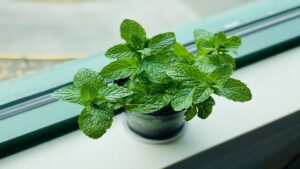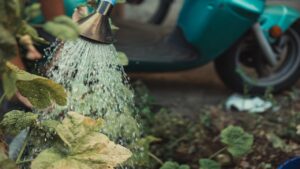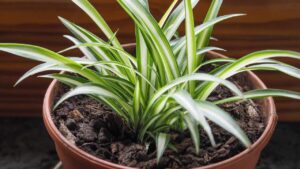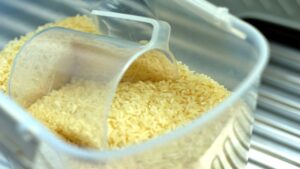Blueberries on the Balcony, the Trick to Grow Them
If you’re considering growing blueberries, it’s entirely possible even without a traditional garden. In fact, planting blueberries on your balcony can yield fantastic results. While it does require more special precautions compared to traditional gardening, following these steps (bearing in mind that blueberry plants take some time to grow and become productive) will lead you to success.

Tips for Growing Blueberries on the Balcony
Step 1: Freezing Blueberries
It all begins with the purchase of blueberries, which you can find in trays at supermarkets, markets, and fruit and vegetable shops. Freeze them for a minimum of 3 weeks, as this simulates the winter conditions necessary to stratify the seeds. Once they’ve spent enough time in the freezer, defrost the berries and let them reach room temperature.
Step 2: Extracting and Separating the Seeds
Next, place the defrosted berries in a blender filled halfway with water and blend for about 10-15 seconds. Alternatively, you can mash them by hand, although this method takes longer. After blending, allow the mixture to sit for a few minutes; you’ll notice the seeds sinking to the bottom. Scoop the pulp off the top of the mixture, then strain the liquid through a fine sieve. Rinse the reddish-blueberry seeds before spreading them out on newspaper or paper towels to dry.
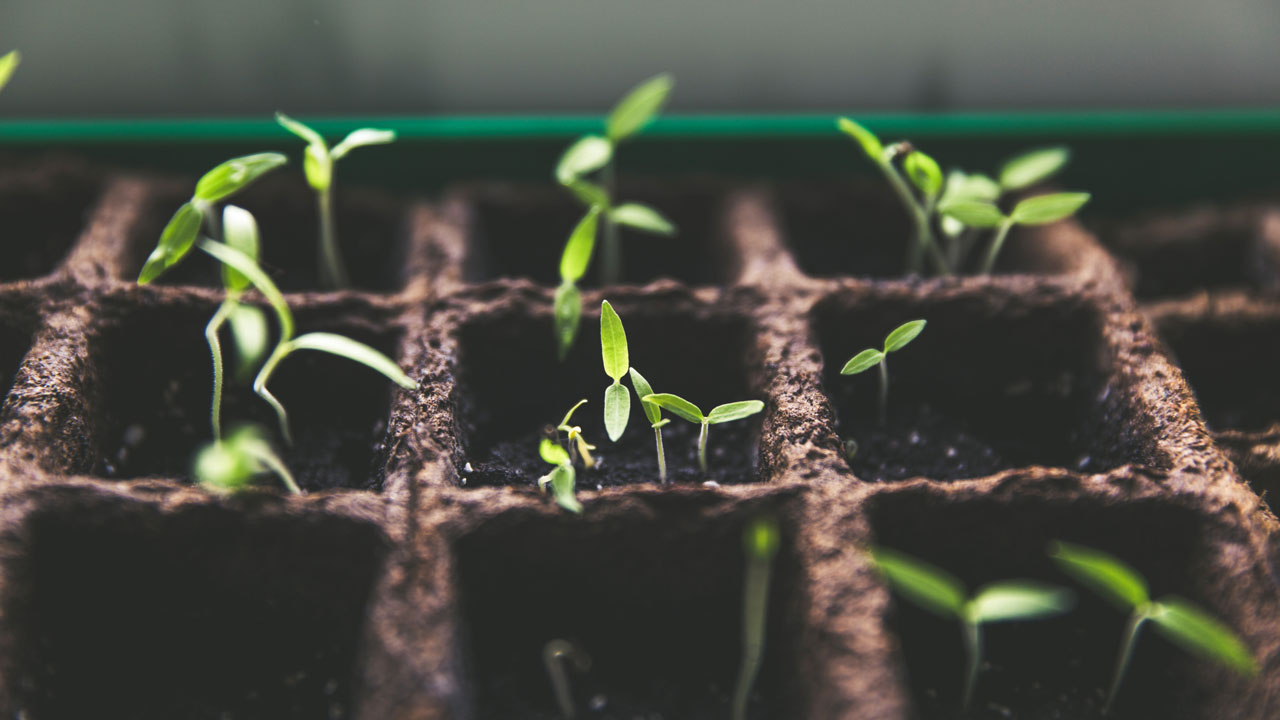
Step 3: Planting and Caring for Seeds
To plant your blueberry seeds, prepare a container filled with acidic peat moss and moisten it. Ensuring that the soil pH in the planting container falls within the range of pH 4.5 to pH 5.5 is crucial to promote the healthy germination and growth of blueberry seeds. Sprinkle your seeds on top, covering them with a very thin layer of peat moss. Place the container in a sealed propagator or cover it with plastic wrap to retain moisture. Position it in a warm, well-lit area. Blueberry seeds can take anywhere from 6 to 12 weeks to germinate. During this time, keep the potting mix consistently moist but not waterlogged. To prevent birds from interfering, you might consider using scarecrows.
To plant your blueberry seeds, prepare a container filled with acidic peat moss and moisten it. Ensuring that the soil pH in the planting container falls within the range of pH 4.5 to pH 5.5 is crucial to promote the healthy germination and growth of blueberry seeds. Sprinkle your seeds on top, covering them with a very thin layer of peat moss. Place the container in a sealed propagator or cover it with plastic wrap to retain moisture and position it in a warm, well-lit area. Blueberry seeds can take anywhere from 6 to 12 weeks to germinate. During this time, keep the potting mix consistently moist but not waterlogged.
Step 4: Uncovering, Thinning, and Transplanting
Once you observe the first signs of germination, remove the cover. As the seedlings grow to a couple of inches in height, thin out the weaker ones. When the seedlings are large enough to handle, transplant them into an ericaceous potting mix. After hardening them off for a week or two, you can plant them in your garden either in the fall or the spring.
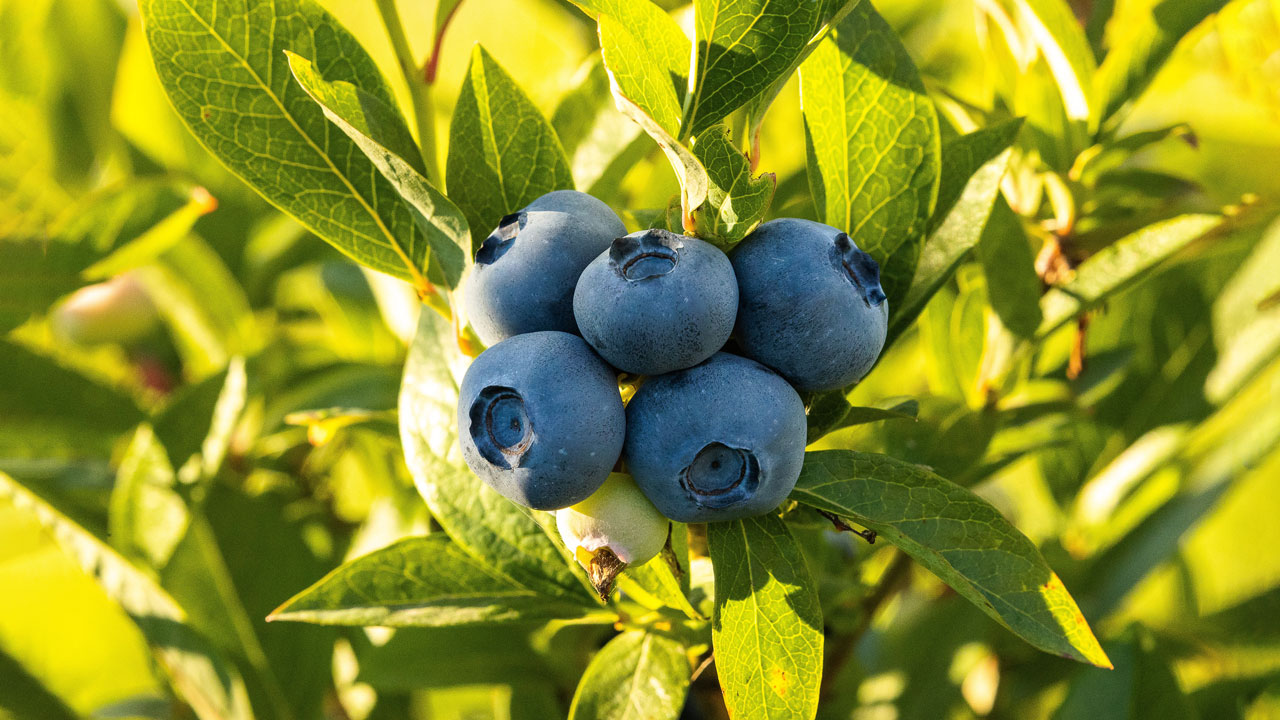
Important Notes
Blueberries require consistent watering to grow. The soil must always be moist. As the plant grows, it’s beneficial to use specialized fertilizers and acid peat. Consider alternating between the two every year. With time, your seedlings will grow, and you’ll soon be able to enjoy your homegrown blueberries.
A tip for those who live in areas where the water is too rich in calcium carbonate: to prevent excessively alkaline soil due to watering your blueberry seedlings with such water, opt for using rainwater instead. This approach helps maintain the soil’s acidity without significant alterations.
